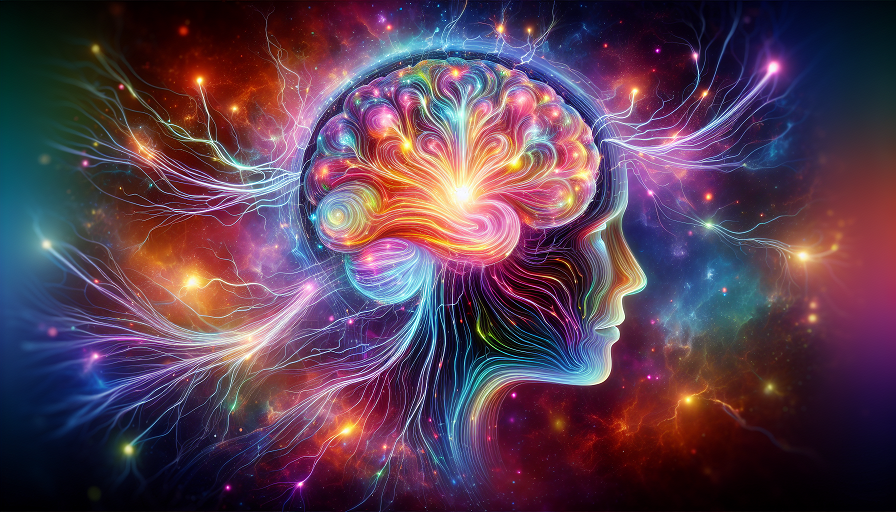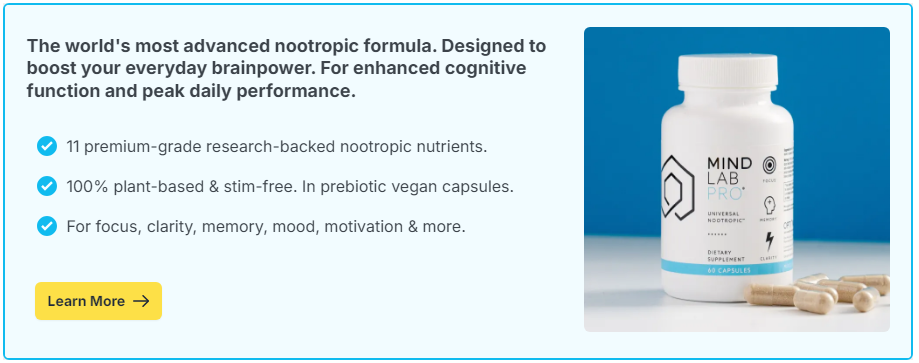
Is it a rabbit or a duck? A vase or two faces? One image flips into another—and your brain can’t decide which one is “correct.” Welcome to the world of ambiguous images, where a single picture tells more than one story. These mind-twisting visuals aren’t just fun to look at—they offer a window into how your brain processes uncertainty, contradiction, and change.
Far from being glitches in perception, ambiguous images reveal something deeper: your brain’s built-in appetite for resolving confusion. When faced with contradictory inputs, the brain doesn’t shut down—it gets to work. And in that work lies the root of some of our most fascinating cognitive strengths: pattern recognition, creativity, flexibility, and even emotional insight.
Contents
What Are Ambiguous Images?
Ambiguous images are visuals that contain two or more conflicting interpretations. Your perception switches between them, but you can’t see both at once. This perceptual tug-of-war is known as bistable perception.
Classic Examples Include:
- The Necker cube: A wireframe box that flips orientation
- Rubin’s vase: A central vase or two silhouetted faces
- Young woman / old woman illusion: A single drawing that becomes two faces depending on focus
These illusions don’t change—but your brain’s interpretation does. That shifting perspective is where things get interesting.
What Happens in the Brain During Perceptual Ambiguity?
Ambiguous images activate multiple brain systems at once, including:
- Visual cortex: Processes raw image data
- Parietal lobe: Helps shift attention and orientation
- Prefrontal cortex: Manages decision-making and conflict resolution
The brain receives the same input but toggles between different interpretations. This perceptual switch is often automatic, but it can also be consciously influenced by intention, focus, or suggestion.
Neural Competition
In ambiguous perception, neurons representing different interpretations compete for dominance. When one “wins,” that interpretation takes over—until fatigue or context causes the other to surface. This back-and-forth keeps your perception in flux.
Why the Brain Loves Ambiguity
We often think of the brain as preferring clarity. But it also thrives on just enough uncertainty to spark engagement. Ambiguity activates curiosity, promotes flexible thinking, and drives pattern recognition.
Benefits of Engaging with Ambiguity:
- Enhances cognitive flexibility: Switching interpretations strengthens adaptability
- Trains attentional control: Shifting focus between images requires mental discipline
- Supports creative insight: Seeing “the other thing” mirrors the leap in divergent thinking
In fact, some researchers use ambiguous images to measure openness to new ideas and mental agility—two traits closely tied to creative problem-solving.
Ambiguity and the Creative Brain
Creativity often means holding contradictory ideas without forcing immediate resolution. Ambiguous images teach this skill in a simple, visual form. You learn to tolerate uncertainty, resist premature conclusions, and entertain multiple truths.
The Default Mode Network’s Role
When you’re not actively solving a task, your brain engages the default mode network (DMN). This network helps you imagine, reflect, and generate new possibilities—many of which emerge from ambiguity.
Interacting with ambiguous images lights up both the DMN and the salience network (which detects novelty), creating a perfect storm for creative insight.
Emotional and Psychological Dimensions
Ambiguity isn’t just visual—it’s emotional. Our tolerance for contradiction influences how we handle:
- Ambiguous social cues (mixed signals)
- Moral dilemmas (two truths in tension)
- Uncertainty about the future
People with high tolerance for ambiguity are often better at navigating complex, emotionally nuanced situations. Viewing ambiguous images may train your brain to sit with not knowing—and stay curious rather than reactive.
When Ambiguity Feels Uncomfortable
Not everyone enjoys uncertainty. For some, ambiguous images can be unsettling—especially if there’s a strong need for closure or control. That discomfort reflects a deeper psychological truth: your brain wants answers, but it also needs the flexibility to change them.
Developing a healthy relationship with ambiguity can lead to better problem-solving, reduced anxiety, and more thoughtful decision-making.
Using Ambiguous Images as a Mental Exercise
Want to build cognitive flexibility and creative resilience? Try these simple practices:
- View ambiguous images regularly: Practice shifting perspectives intentionally
- Draw your own illusions: Engage both hemispheres and build spatial reasoning
- Reflect on ambiguous moments: Journal about situations with no clear answers
- Discuss perceptions with others: Compare how different people see the same image
These exercises train your brain to tolerate tension, shift focus fluidly, and see complexity without fear.
While nootropics won’t make illusions clearer, they may support the cognitive systems involved in attention control, mental switching, and creative association.
Nootropics That May Help:
- Lion’s Mane Mushroom: Supports neuroplasticity, helping the brain form new associations
- Citicoline: Enhances attention and cognitive clarity, useful for managing multiple inputs
- L-Theanine: Promotes calm focus, reducing anxiety in uncertain or ambiguous situations
- Rhodiola Rosea: May support adaptive thinking under mental strain
Paired with intentional ambiguity practice, these can help make the uncertain feel less overwhelming—and more inspiring.
Your brain doesn’t just seek answers—it thrives in the spaces between them. Ambiguous images remind us that perception is fluid, truth can wear many faces, and what we see often depends on how we look. In embracing these visual riddles, we train our minds for the bigger ambiguities of life: the kind that don’t have easy answers, but still deserve our attention.
So next time your brain flips between rabbit and duck, don’t rush to decide. Let the flip happen. Let both exist. In that ambiguity, you may just find a deeper clarity.

